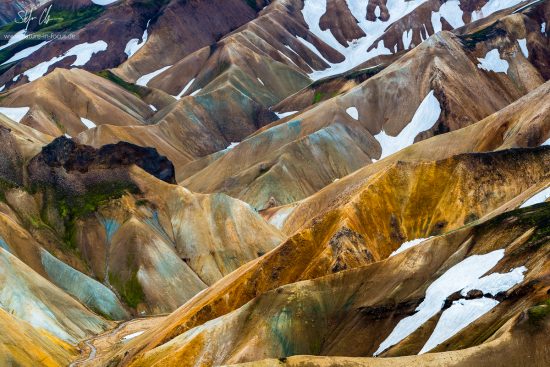
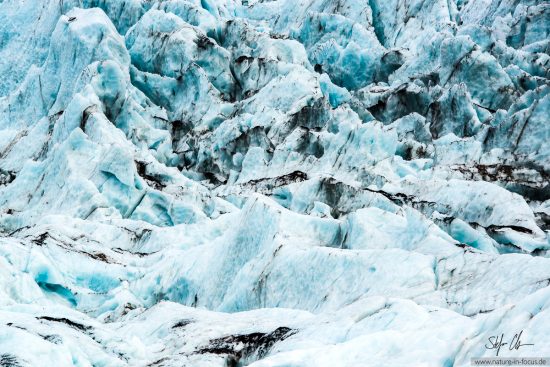
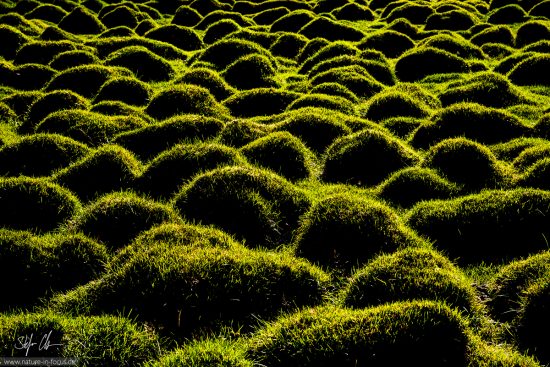
Stefan Christmann (website, Facebook, 500px.) will share his story and pictures from traveling in Iceland. Also, check out Stefan’s previous article on spending a year in Antarctica.
I am all by myself walking on a moonlike surface, trying not to slip on the moss-covered alien-shaped rocks I am climbing across. The Sun has been trying to set for the past two hours, but now it has changed its direction and starts to rise again. Rain sets in once more and creates a perfect rainbow in front me, stretching across the enormous waterfall I am walking towards – it’s at least 50 meters high. In the distance I can hear menacing rumbles of the rough sea and merciless waves are crashing onto the black lava beach, transporting giant ice blocks from nearby glacier onto shore. I have set my camera to manual and dial in my exposure time and aperture. I try to hurry as I am absolutely drenched and cold gusts of wind are giving me chills that run throughout my entire body. However, my discomfort vanishes instantly when I look at the display of my camera. Who cares about being wet and cold? This is the most awesome light I have ever witnessed – thank God I brought enough memory cards.
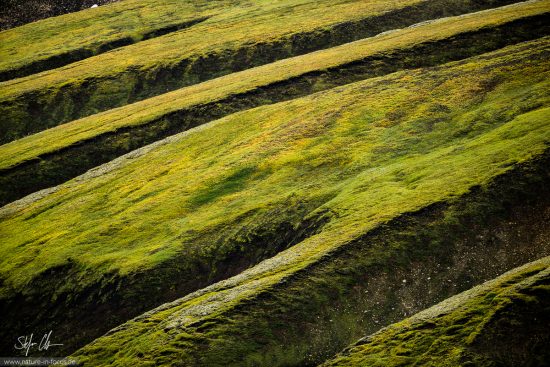
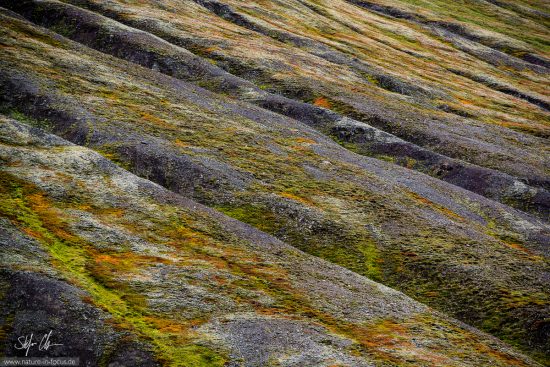
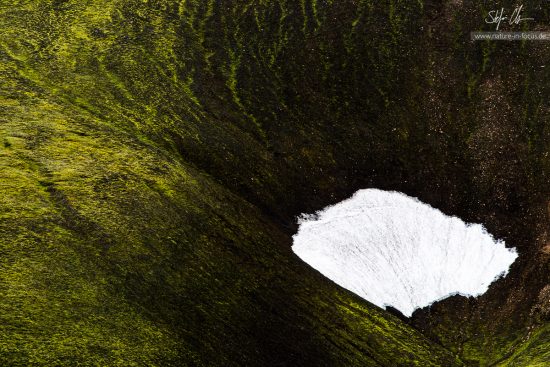
What sounds like it could be a scene from a nature photographer’s dream is actually a real life scenario from a place, not too far away from main land Europe – the island of Iceland. Here, man is limited by the elements and nature reigns over the land. Sometimes, when it gets dark and the clouds vanish, the aurora borealis starts to dance in incredibly starry skies, showing that there are much larger forces at work and that Iceland very well might still be ruled by elves and trolls.
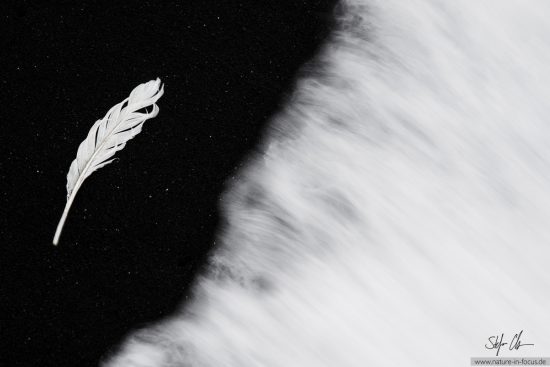
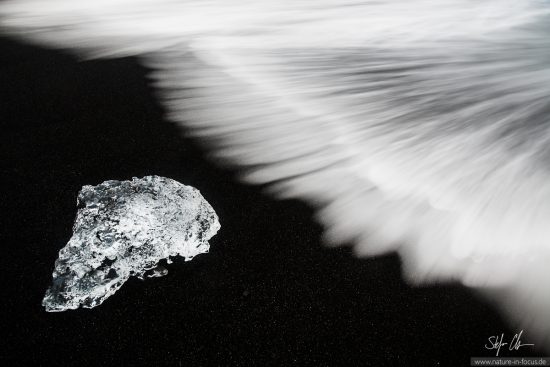
Ever since I first set foot on Iceland (and that was just last year ago in September 2015) I have been fascinated by it. In fact, I have been so fascinated by it, that I chose it as the place to propose to my best friend and soon-to-be-wife (she said Yes, by the way ;)). With a little less than four hours of flight from where I live, you could almost say it is just around the corner of Germany. If you have never been to Iceland before however, beware – there is a steep learning curve for photographers who visit this place, but there are also endless photographic opportunities.
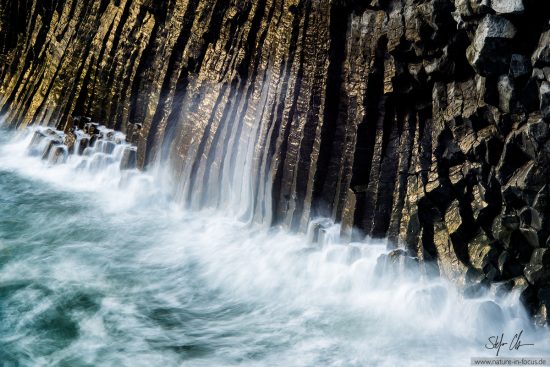
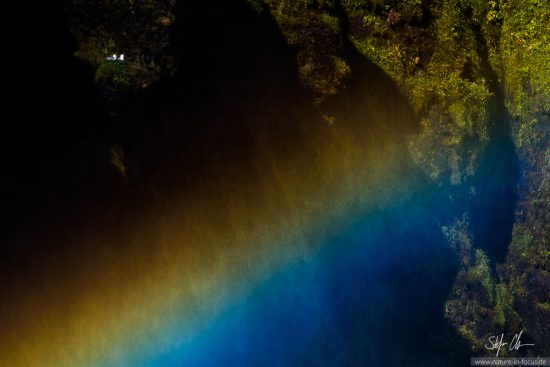
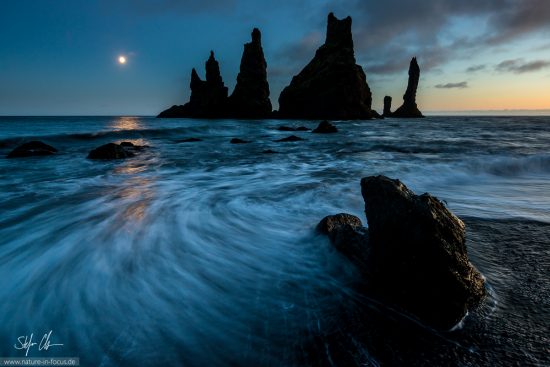
One of the most important things to bring to Iceland – aside from your camera – is good clothing, especially a good rain jacket, waterproof pants and a reliable windstopper. Also keep in mind, that Iceland can be quite cold, even during summer. Bringing wool socks in July is therefore not a stretch but usually a good idea. I have been to Iceland in May and September and during both stays temperatures never exceeded 12°C. Combine that with 25 knots of wind and rain and it can get quite chilly, if you are not dressed accordingly. While you should never underestimate the forces of nature in Iceland, they also create the magic of this place, which is likely one of the main reasons for a lot of Hollywood film productions taking place here (like Game of Thrones, Prometheus or the Secret Life of Walter Mitty, just to name few). On a side note: It’s actually fun watching these movies and then trying to find the places on Iceland, where they were shot.
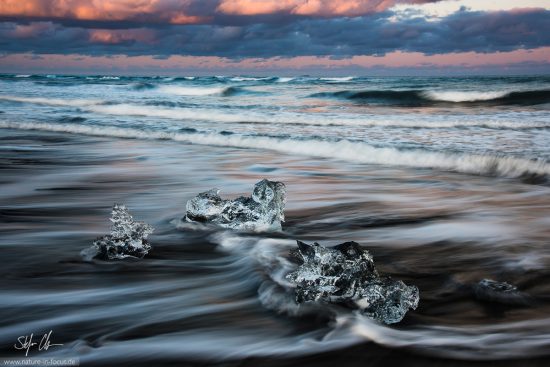
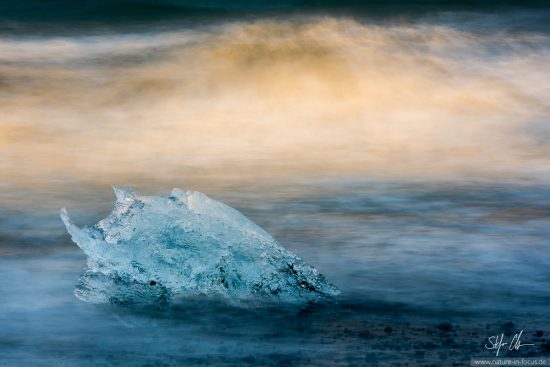
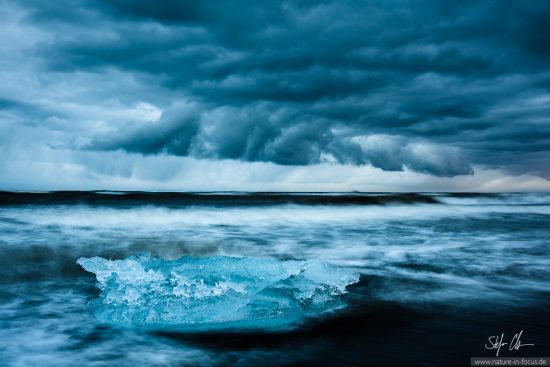
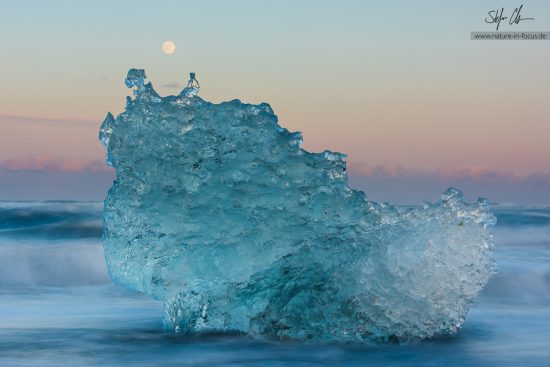
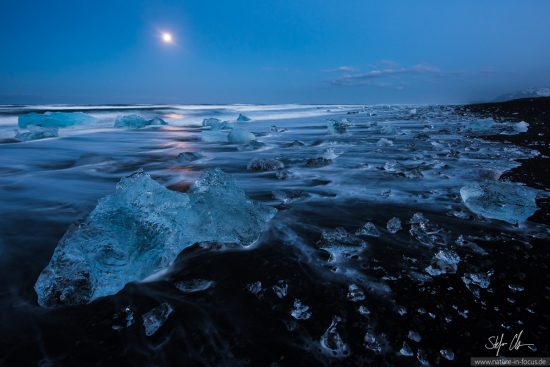
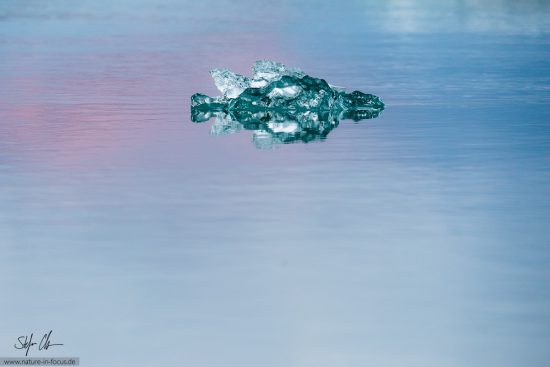
You might have guessed from what I have written so far that the weather can get quite bad there and as a matter of fact, it is bad most of the time – a circumstance which creates a ton of possibilities for photographers who do not care about getting wet. Sunny days are rather rare and most of the time you will have a solid cloud cover over the landscapes you are trying to photograph. Use this to your advantage! You can take good shots even after sunrise and before sunset when clouds act as giant diffusors. Dark, bad weather clouds and falling rain can add that special twist of menace and mystery to your landscapes or they can break open just to let the Sun peak through and create that rainbow or special lighting you have been dreaming of. Weather is constantly changing and staying inside will usually be a great mistake. All the pictures you can find in this article were taken during a total of around 35 days I have spent on the island – 28 of which have been rainy, foggy and just miserably windy.
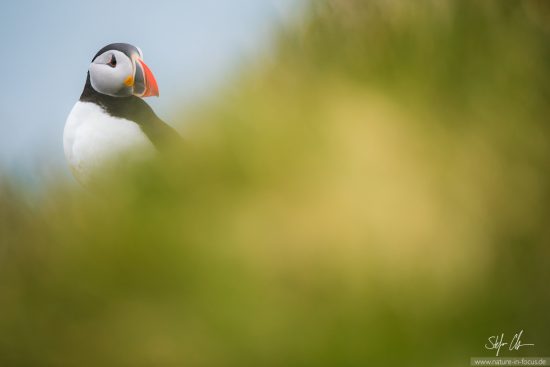
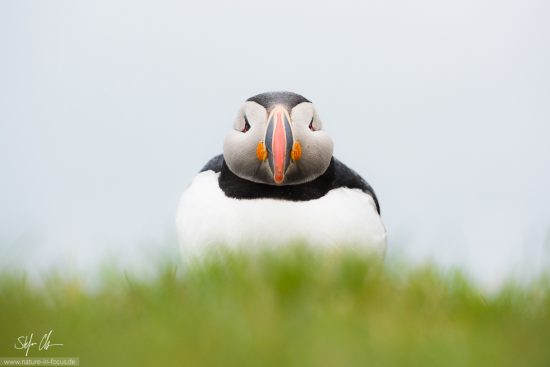
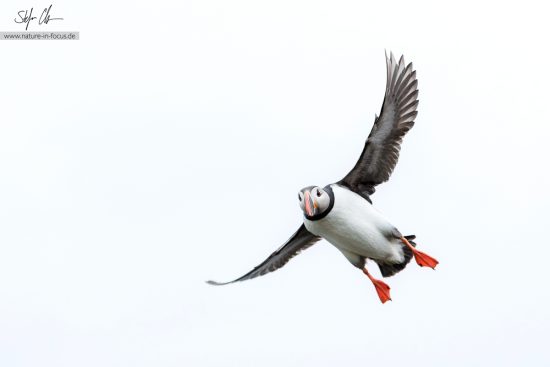
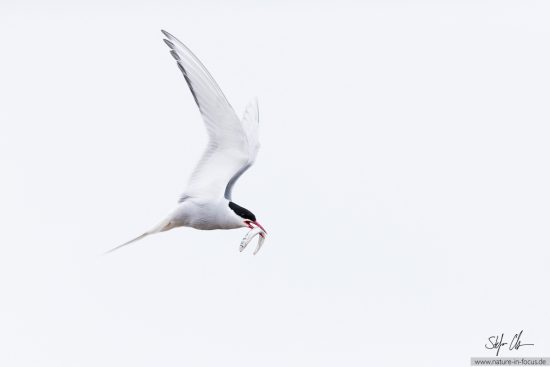
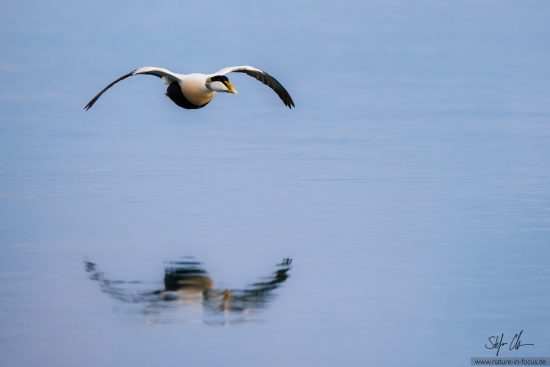
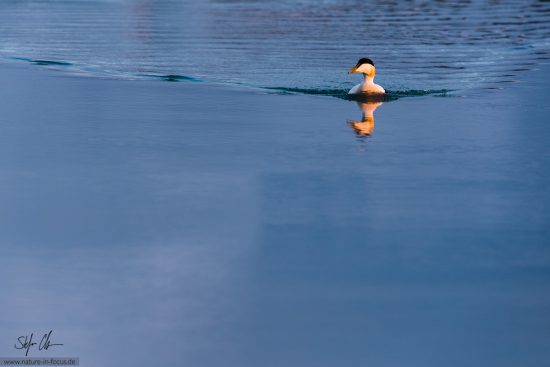
Another secret to success is not only getting out, but also spending time in one place. When I booked my hostel close to the famous glacier lagoon Jökulsarlon, the receptionist asked me twice, if I really wanted to stay for five consecutive nights. The hostel has 10 rooms and during my 5 nights stay I saw around 60 people come and leave again – many of them just spending one night and then moving on – barely enough time to soak up the landscape and really make sense of the place. Yes, I did circle the island once, like many people do, but instead of doing it in one week it took me 21 days together with my fiancé. We usually picked one place as our „home base“ and then made day trips into the surrounding areas.
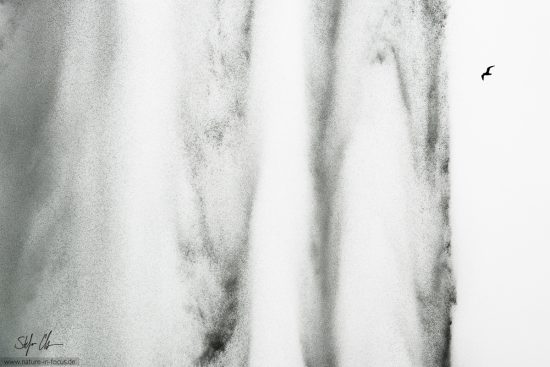
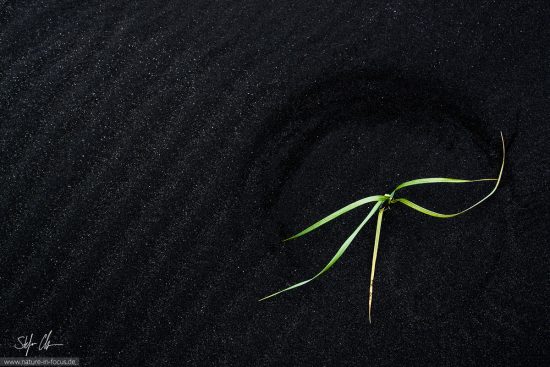
From my limited experiences in Iceland (from just two trips there) I would structure the island roughly into seven regions. The southern coast, the Eastfjords, the North, the Westfjords, the Snaefellsnes peninsula, the area around Reykjavik (Golden Circle) and the highlands. Please Iceland experts out there, do not judge me for this simplification, but for someone who has never been to Iceland, I think this is as complex as it should get for a first visit :). The South offers wonderful black lava beaches, giant waterfalls and the famous glacier lagoon Jökulsarlon. It’s a must see, even if you can only spend little time in Iceland. I have not been able to explore the East and the North all that much, but there are some very nice hikes around Egilsstaðir and also lake Mývatn along with the thermal areas of Hverarond and the lava structures of Dimmuborgir (not the metal band) are really worth visiting. Especially during fall time, the shrubs on the ground will turn the entire landscape into an indian summer like carpet of colors. Going further west to the Westfjords, you do not want to miss Látrabjarg, one of the biggest bird-nesting cliffs in the world and home of thousands of puffins, urias and gulls. Heading further South to the peninsula of Snæfellsnes you will really get some great opportunities for landscape photography with Mount Kirkjufell as well as the rugged coasts of Arnastapi, Djúpalónssandur and Dritvik. I have not spend any time yet in the golden circle area, but it’s supposedly very touristy and crowded, yet very beautiful. In contrast to this, the highlands of Iceland are only reachable via so-called F-roads, which may not be used with standard rental cars, but only with special off-road vehicles having high clearance and 4WD. However, many beautiful gems are hidden in the highlands of Iceland and you can probably spend a lifetime exploring them. Fortunately, tours in special buses are offered, which will take you to some of the nicest highland places – if you get the chance, go and see the colorful mountains of Landmannalaugar. Just incredible scenery, wonderful hiking and very few tourists.
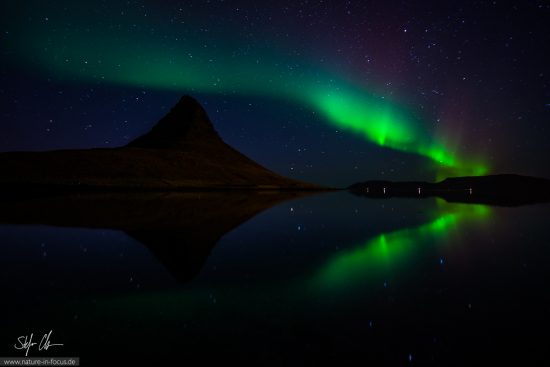
With the exceptions of the highlands, almost all of the aforementioned places can be reached by traveling a single road, the so-called ring road or Route 1. It is the most important road in Iceland and will take you around the entire island with a length of approximately 1400km. Many of the most famous sights are just along this way and you can turn into little side roads which will take you to corresponding parking lots. There are also many pull-outs along Route 1, which you can use in order to take a break and just soak in the landscape along the way. While this setup can give people the impression, that they are visiting a giant national park, please bear in mind that this a regular road, like any other road in any other country, and there are rules for using it. Please do not stop in the middle of it, even if the scene in front of you is spectacular – it’s very dangerous especially in sections with a lot of turns and blindheads. Also, stick to the speed limit of 90km/h (it can get quite expensive otherwise) – more than once have I seen cars lying in the ditch, because their drivers underestimated a turn or just the overall conditions of the road. Speaking of which – make sure to have glass insurance for your rental car. Route 1 might be the most important road in Iceland, but it’s not paved all the way. There are many sections, especially in the Eastern part close to Egilsstaðir, where it just turns into loose gravel (like many of the smaller side roads leading to sights).
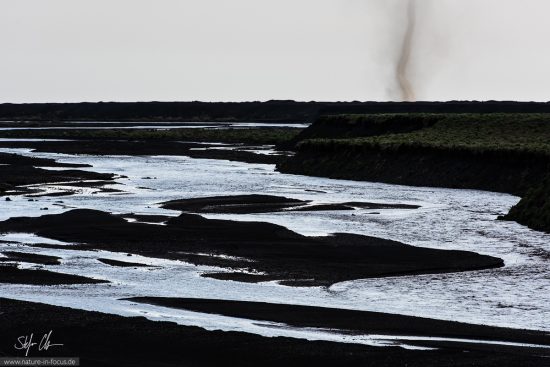
Coming back to photography, I can only advise you to bring every lens you can carry (as well as a microfiber cloth to constantly wipe them dry), because all of them can be put to good use. From the big landscapes, over wildlife (birds, reindeer, foxes, ..) to intricate details and artistic photography – there is no photographic style that cannot be pursued here. Also do not orget to bring ND filters for experimenting with flowing water and the waves of the sea. With the ever changing weather and light conditions you almost have a guarantee, that wherever you end up spending your mornings or evenings, it will never get boring. Even if your main subject is not working out for you on a particular day, free your mind and look around – there’s always something to photograph. For example: I spent one morning in Stokksnes hoping for a glorious sunrise and glowing mountains. Instead, clouds covered the sky and rain set in. Now, I could have just packed my stuff and get back to the car, but instead I wandered around in the dunes and explored the area. I found wonderful little blades of grass which were drawing perfectly round circles into the black lava sand. I spent my entire morning photographing them and never ever thought of the mountains again. On another day, when I was looking for Eider ducks and did not luck out, I found white gull feathers lying on the beach and then focused on creating an image of feathers interacting with the surf of the sea. You can easily get caught up in this and spend hours trying to get the shot just right. 🙂
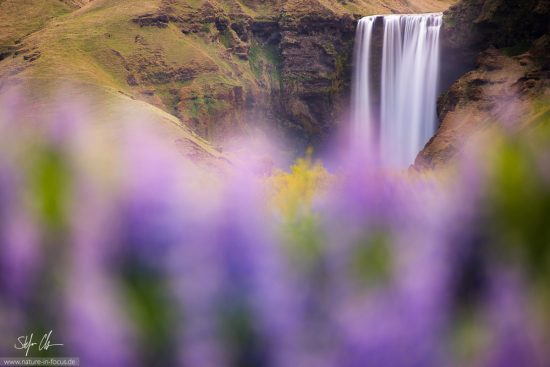
Good things come with a price and there is one more thing, which I would like to mention. Black lava sand and a rough and merciless sea are wonderful things to witness, yet your photo gear will not like them all that much. I had sand in every thread of my tripod and whenever I opened or closed the locks of my Gitzo the sound sent chills down my spine. The same was true for when I visited Stokksnes on a dry and windy day and forgot to close the zipper of my F-stop backpack all the way after putting it on the ground. Wind blew sand into every tiny opening of the pack and the focusing rings of some of my lenses made the same painful sound afterwards. Also, salt water exposure of anything metallic is quite problematic, especially if there is a constant salt-water mist in the air. I had screws of my Nikon D800 as well as screws on my tripod start to rust and my old (planned to be replaced anyway) FLM58 ball-head locked up completely and irreparably after my first trip to Iceland. When I opened it up back home, a million salt crystals had formed on the inside, completely destroying its internal mechanics. So, if you spend an extended period of time in Iceland, make sure to really take care of your gear, wipe everything down and wash off salt water if your gear has been exposed (I took showers with my tripod). Once you come back home, disassemble every piece of gear that can be disassembled and thoroughly clean and dry it. You might save yourself a few dollars :).
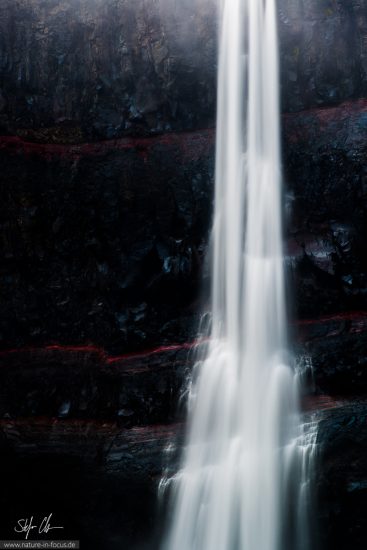
That being said, don’t let your fear of gear damage limit your photographic ideas. If you need to get your feet and your tripod wet for a good shot, I’d say go for it. It can make all the difference in the images you will bring back home.
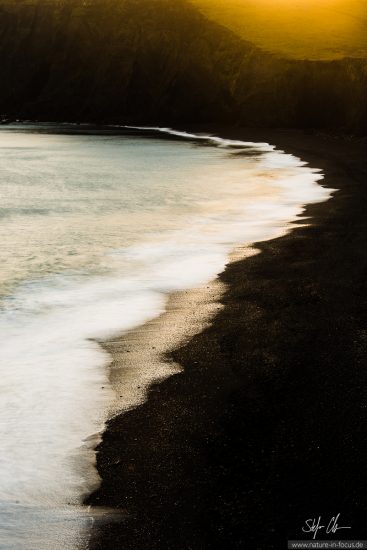
If you have enjoyed this article and my images and if you would like to keep informed about my upcoming project about Antarctica and the emperor penguins, please follow my work on Facebook or visit my website.
All images taken with:
- Nikon D800
- Nikon D810
- AF-S Nikkor 14-24mm 1:2.8G ED
- AF-S Nikkor 70-200mm 1:2.8G ED VRII
- AF-S Nikkor 24-120mm 1:4.0G ED VR
- AF-S Nikkor 400mm 1:2.8E FL ED VR
- AF-S Nikkor ED 500mm 1:4.0D (Version I)
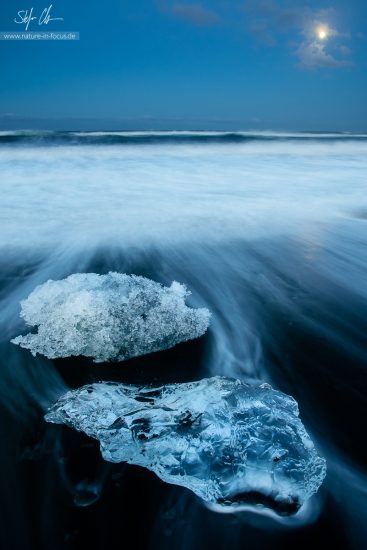
If you have an interesting idea for a guest post, you can contact me here.



